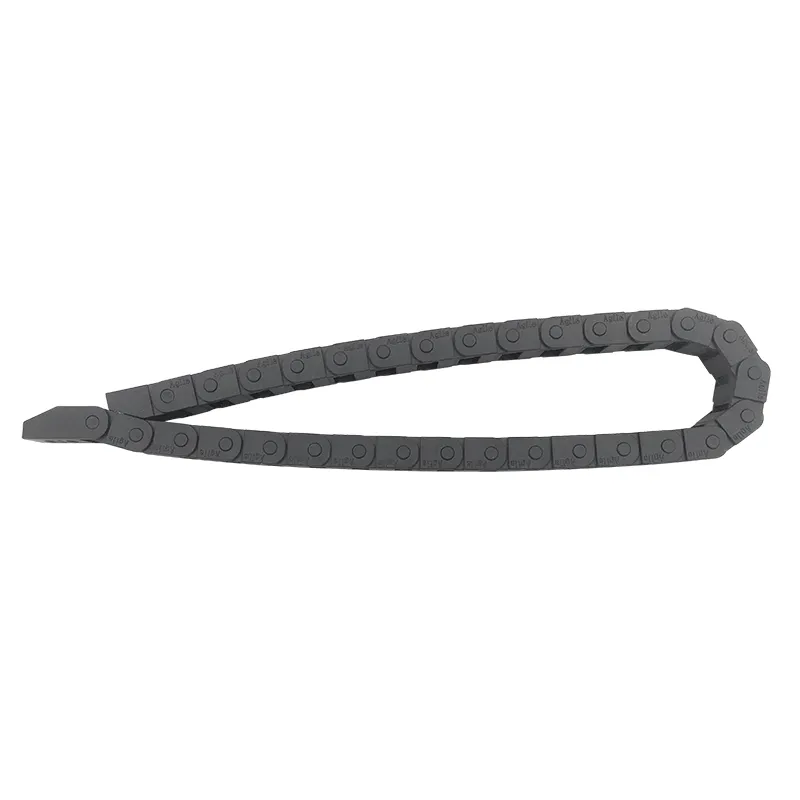Exploring the Benefits of Split Tubing for Your Wiring and Cable Management Needs
Understanding Split Tubing A Comprehensive Guide
Split tubing, also known as split wire loom or split braided sleeving, is an essential component in various industries, particularly in electrical and automotive applications. This versatile protective solution is designed to safeguard wires and cables from abrasions, heat, and environmental hazards, ensuring a reliable and long-lasting performance. In this article, we will explore the features, benefits, applications, and installation methods of split tubing, providing a comprehensive overview of its importance across different sectors.
What is Split Tubing?
Split tubing is a flexible sheath made from various materials, including polyethylene, polyester, and nylon, which can be split open along its length. This design allows for easy installation over existing cables and wires without the need for disconnecting them. The split side of the tubing typically has smooth edges, ensuring that it does not damage the insulated wires while providing adequate protection against mechanical stress.
Key Features of Split Tubing
1. Durability Split tubing is manufactured to withstand a range of environmental conditions, including extreme temperatures, chemicals, moisture, and UV exposure. This makes it a durable choice for both indoor and outdoor applications.
2. Flexibility Its split design allows for easy application and the ability to accommodate different cable sizes without requiring complex reconfiguration.
3. Variety of Materials Split tubing can be made from various materials, each suited for specific applications. For instance, heat-resistant materials are ideal for automotive use, while electromagnetic interference (EMI) shielding materials are used in electronic devices.
4. Customizable Lengths Available in different lengths and diameters, users can easily find the appropriate size for their specific needs, which reduces waste and cost.
Benefits of Using Split Tubing
1. Protection from Damage One of the primary benefits of split tubing is its ability to protect wires and cables from physical damage. It acts as a barrier against abrasions, cuts, and impacts that may occur during handling or operation.
2. Organized Wiring By bundling cables together, split tubing helps maintain a tidy appearance, reducing the risk of tangles and confusion. This is particularly beneficial in complex electrical systems or automotive wiring.
split tubing

3. Enhanced Safety Protecting electrical wires from exposure reduces the risk of shorts and electrical failures, enhancing the overall safety of electrical systems.
4. Reduced Maintenance Using split tubing can minimize wear and tear on cables, leading to lower maintenance requirements and prolonging the lifespan of electrical systems.
Applications of Split Tubing
Split tubing is utilized in a myriad of applications across different industries, including
1. Automotive It is commonly used to protect wiring harnesses from heat, chemicals, and physical damage in vehicles. The automotive environment can be harsh, and split tubing provides essential protection for reliable cable performance.
2. Electrical and Electronics In the electronics industry, split tubing is used to safeguard delicate wires and cables from physical stress and electromagnetic interference. This is crucial in maintaining the integrity and functionality of electronic devices.
3. Industrial Equipment Manufacturing and industrial environments often involve heavy machinery where cables are at risk of being damaged. Split tubing provides the necessary protection to ensure operational efficiency.
4. Home and Office In residential and office settings, split tubing can help organize home theater systems, computer networks, and other electronic connections, providing both protection and aesthetic appeal.
Installation of Split Tubing
Installing split tubing is a straightforward process. To begin, measure the length of the cable you want to cover and cut a piece of tubing slightly longer than the measured length. Simply slide the tubing over the cable and position it securely. It can be cut to size as required and secured with cable ties or adhesive if needed to prevent any movement.
Conclusion
In summary, split tubing is a vital component for protecting and organizing wires and cables across various applications. Its durability, flexibility, and ease of use make it an invaluable asset in both industrial and consumer markets. Understanding how to choose and implement split tubing can lead to enhanced performance, safety, and longevity of electrical systems, making it a worthy investment for anyone looking to preserve the integrity of their wiring solutions.








